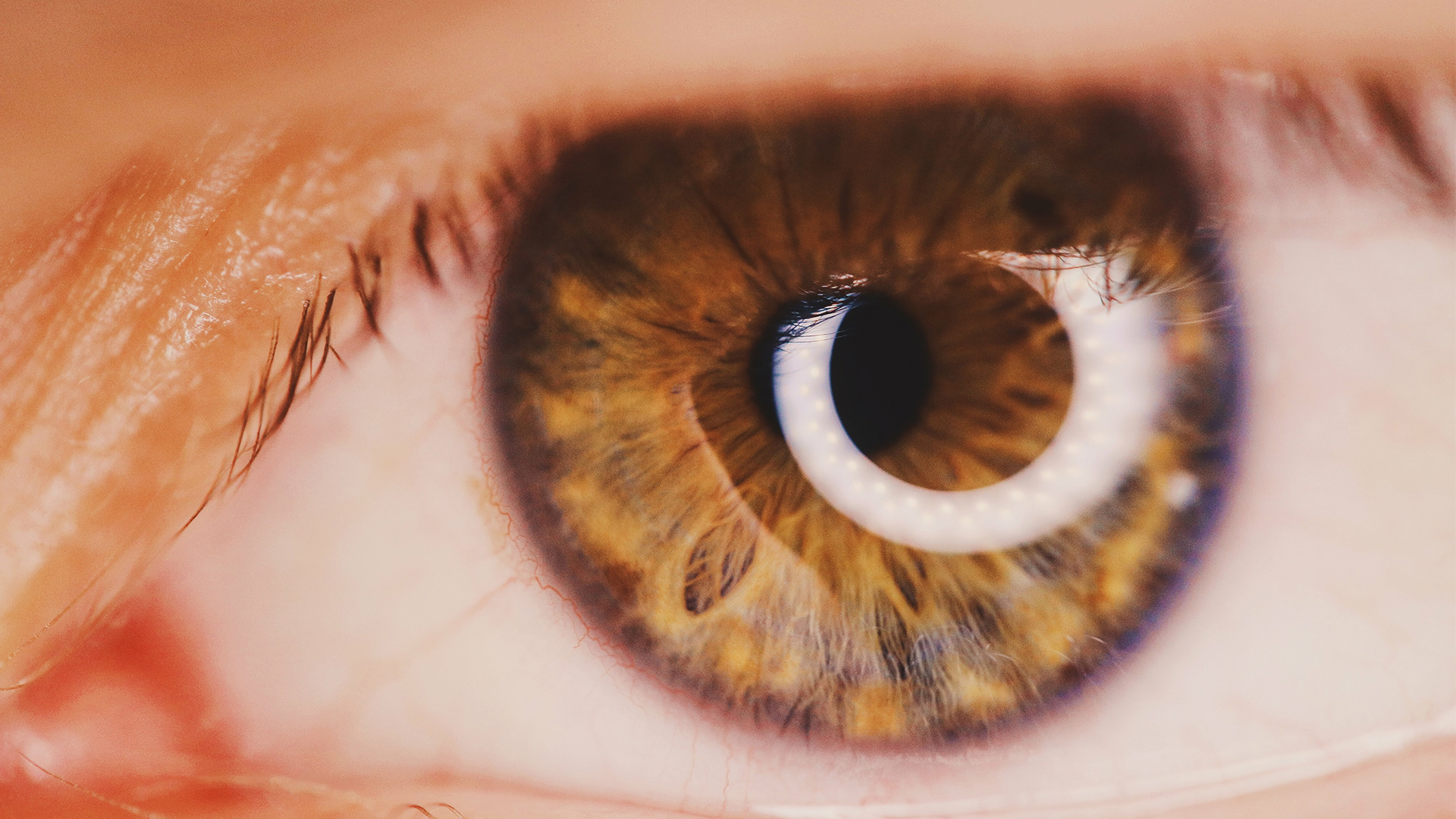Categories
The two-part nature of this question makes me think the person asking it had more than a theoretical interest in the answers. It strikes me that there’s some urgency with the second question following up the first. I have reassuring news about the first question. Yes, it is normal (although not wildly common) for someone’s eyes to water after LASIK.
The second question lets me know that the questionnaire was probably less than six months out from LASIK. Most likely, they were specifically two to three months out from LASIK. I’m narrowing it down to that window for a few reasons. First, it’s a good bet based on the possible symptoms during that time period. Next, it makes me feel a little bit like Sherlock Holmes to be so specific with a clue that seems so vague. Lastly, I can maintain the impression of certainty about the timeline because there’s no other detail available to us to show I’m wrong. It’s perfect.
Why Do Eyes Water?
Truthfully, the reason it’s normal for eyes to water after LASIK and also not exceptionally common is singular. That reason is temporary dry eyes. For most people, dry eye in the first few months after LASIK involves just enough change to cause either no symptoms or just visual symptoms without much of the feeling associated with dry eyes. Most people with symptoms may have some dryness they feel early in the morning or late at night, but otherwise, they feel good. It is just that during the day they notice their vision is fluctuating. This level of dryness usually won’t cause tearing.
For some, however, there is enough dryness to cause the eyes to water. The way that works is that baseline tearing — which involves a very tiny amount of tear production to keep the surface of the eye thinly covered in tears — can be decreased in the first few months after LASIK. That causes reflex tearing — which involves a flood of tears from a peanut-sized gland called the lacrimal gland — to activate and pour a bunch of tears on the eye. It’s too many tears to be evacuated with the normal tear-drainage system. And the excess pours over the lid and causes your eyes to water.
Reflex Tearing
At two or three months out, some folks will have enough baseline tear film deficiency to form unpolished, dry spots on the eye. They may not be uncomfortable or even noticeable, but by that time, enough healing has happened for your eyes’ nerve network to detect the problem. Enter in reflex tearing. In trying to help fix the dryness, a bucket of tears gets dumped whenever the lacrimal gland has built up enough tears to release another round. If you’ve ever stared into an AC vent in a car and had tears start streaming down your face, you’ve simulated the same scenario. If that was just me that’s done that, then that’s embarrassing, but at least I can verify the truth of it.
If your eyes are watering, it will stop when there isn’t a reason for them to water anymore. Namely, once the dryness is gone, the reflex tearing will return to its natural state of waiting until you get dirt in your eye or watch a very sad movie. Usually, the dryness goes away naturally between the second and third month after LASIK. If it is taking longer, you should check with your doctor about fixing it. They’ll probably pay close attention because you might look pretty teary when you ask them about it.
